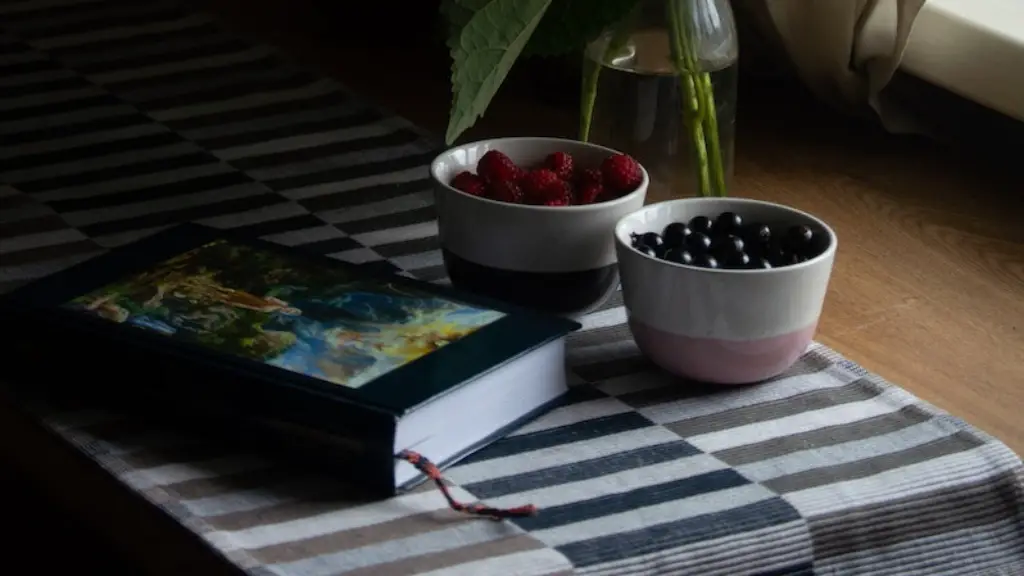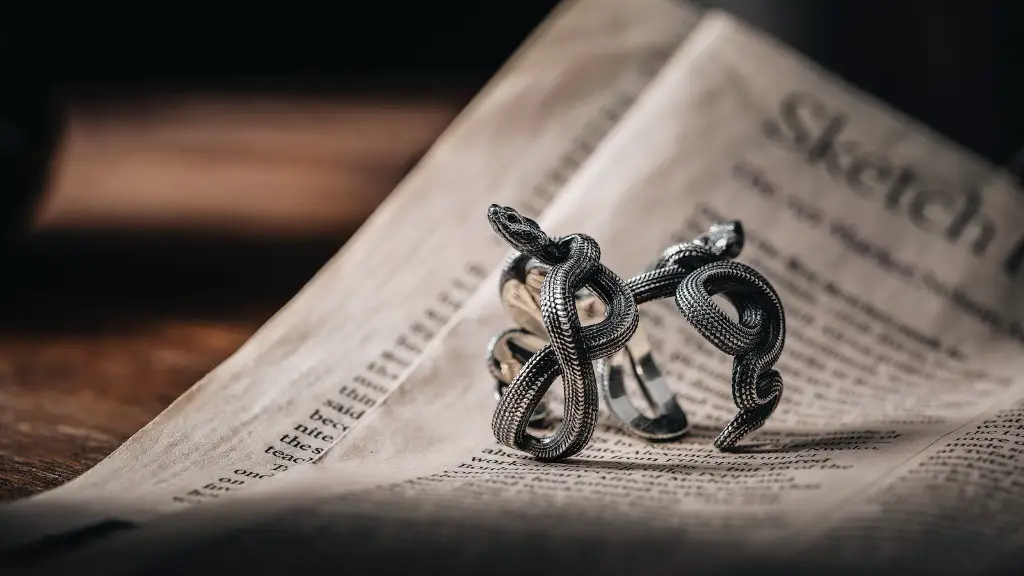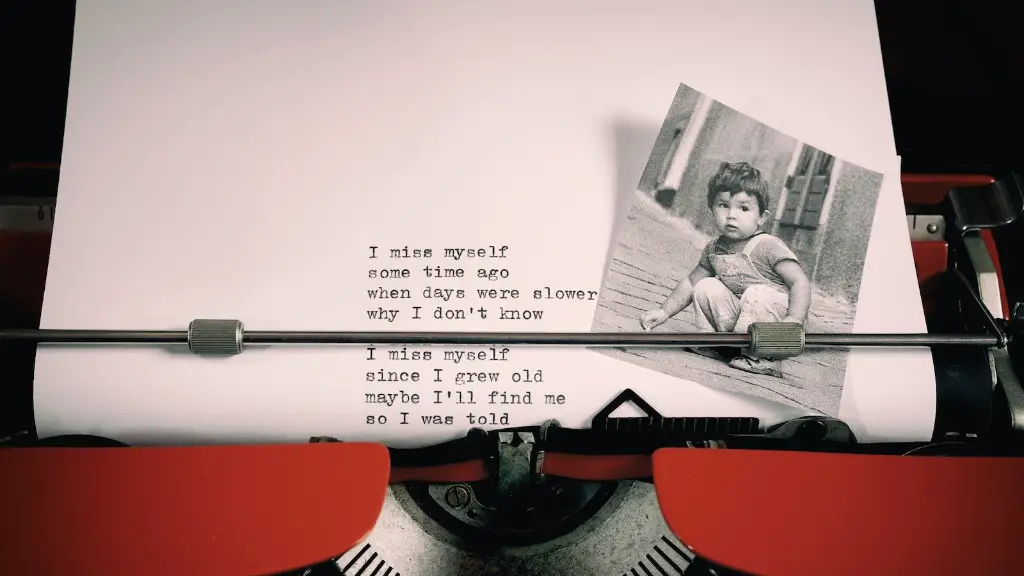Definition
Hindi poetry is a form of literature that uses aesthetically pleasing language to express powerful feelings, ideas, and concepts in an imaginative manner. It is a blend of rhythm, imagery, allusions, and metaphors to symbolize meaning and evoke sentiment from its readers. Hindi poetry also draws from the rich heritage, culture and spirituality of the Indian subcontinent. Its main purpose is to express deep insight, beauty and emotion.
Hindi poetry is not just about words and metaphors. It also delves into the nuances of an emotion or event, aiming to bridge the gap between the observer and the observed. Hindi poetry speaks to the heart and provides a platform for the poet to share his feelings and thoughts with the world. It is an avenue to express emotion, and the writer is not only making a statement but also making a connection with the reader.
Origin
The origins of Hindi poetry can be traced back to ancient Indian literature, where the Vedas and Upanishads used poetic language to communicate complex ideas. Poetry also thrived during the Mughal period when a variety of poetic forms emerged and flourished. By the 19th century, Hindi poetry had reached its highest peak, thanks to writers such as Bhartendu Harishchandra, Mahadevi Verma, Sumitranandan Pant and other prominent writers who used it as an effective medium to express their ideas and feelings.
Folk forms of poetry, such as dohas, are believed to have been passed down orally over centuries and were used to impart morals and stories. Traditional forms of Hindi poetry such as chaupai, caupai and chhappa, continue to be popular even today. Lal Ded, a 14th century Sufi poet, is credited with flourishing the practice of poetry in its modern form.
Types of Hindi Poetry
Hindi poetry consists of various forms and genres, including dohas, epics, lyrics, devotional poetry, classical poetry, and modern poetry. Dohas are short, succinct couplets expressing the poet’s thoughts and feelings. Epics are lengthy narratives which tell tales from the past and often contain elements of fantasy or mythology. Lyrical poetry is written in a lyrical manner, often expressing emotion and sentiment. Devotional poetry or Bhakti Kavita is a type of lyrical poetry devoted to a particular deity. Classical poetry is based on traditional rules and conventions, set by famous poets in centuries past. Modern poetry is often more abstract and evokes ideas and feelings. It is written in a variety of styles, often using metaphor and imagery to convey the poet’s thoughts and feelings.
Popular Hindi Poets
Hindi poetry has a long tradition of famous poets, from ancient times to the present day. Among the most famous poets are Kabir, Mira Bai, Sur Das, Tulsidas, Ramdhari Singh ‘Dinkar’, Maithilisharan Gupta, Sumitranandan Pant, Gopal Das Neeraj, and Bharatendu Harishchandra.
Kabir is arguably the most famous Hindi poet and mystic. His works span a wide range of topics, ranging from God and religion to social and political issues. Mira Bai was a devotee of Lord Krishna and her poetry focused on her devotion to him. Sur Das was another well-known poet and devotional singer, while Tulsidas is credited as the author of the iconic Ramcharitmanas. Meanwhile, Ramdhari Singh ‘Dinkar’ is remembered as one of the greatest modern Hindi poets.
Impact of Hindi Poetry
Hindi poetry is not just about the words and their meaning, but also the emotions and insights expressed. It is a powerful way to connect with people and make a strong statement about issues and topics. Over the centuries, Hindi poets have used their craft to reflect on a range of topics, from spiritual matters to social issues. Through their works, they have inspired and moved generations of readers. Their writings have left a lasting impact on literature and culture, and continue to do so even today.
Relevance Today
Today, Hindi poetry continues to enjoy a vibrant presence, with poets writing and performing their work in various mediums. Poetry slams and spoken word events are becoming increasingly popular, giving poets a platform to share their work in an interactive and engaging way. Social media has also become an important platform for Hindi poets, with platforms such as Twitter allowing them to reach a larger audience.
Hindi poetry has evolved and progressed over the centuries, with poets engaging in new forms and styles. At the same time, its traditional forms also continue to remain popular and relevant. As the language continues to evolve and grow, there is no doubt that Hindi poets will continue to influence literature, society, and culture for many years to come.
Literary Analysis
Hindi poetry is often seen as a form of literary expression. The language used by poets often blends simple and complex words, creating a delicate balance of meaning and imagery. Additionally, Hindi poetry can often be seen as a form of storytelling and is often used to convey deep spiritual, social, or cultural sentiment. Poets often draw from the culture and heritage of the Indian subcontinent to express their thoughts, feelings, and ideas.
Additionally, literary analysis can help to identify the various literary devices and structures that are used in Hindi poetry. Analysis of the language can reveal certain aspects of the poem, such as its tone, theme, and message. Through literary analysis, readers can uncover the hidden meanings and nuances of a poem and gain a deeper understanding of its meaning and importance.
Appreciation of Hindi Poetry
Appreciating Hindi poetry involves more than just understanding the language and its meaning. To truly appreciate Hindi poetry, readers should try to engage with it emotionally, allowing themselves to be moved by the words. Developing an appreciation for Hindi poetry involves connecting with the poet’s emotions and allowing them to speak to the reader on a deeper level.
Readers should also consider the poet’s intention and the context in which the poem was written. An appreciation of the culture and history that underpins the poem can help readers to gain a deeper understanding of the poem and its message. Additionally, readers should consider the poet’s style, the structure of the poem, and the use of imagery and other literary devices.
The Modern Face of Hindi Poetry
In recent years, Hindi poetry has seen a resurgence of interest, thanks to the rise of social media. Platforms such as Instagram and YouTube have given Hindi poets a platform to share their work, reach a wider audience, and connect with each other. At the same time, the internet has allowed poets to collaborate with people from different backgrounds and geographies to create new works of poetry.
While print publications still remain popular, many Hindi poets have shifted their focus to digital platforms such as blogs, websites, and social media. This has made it easier for Hindi poetry to reach a global audience, allowing its message to travel further than ever before. Additionally, digital outlets provide a platform for poets to share their work quickly and engage with the readers in an interactive manner.
Place of Hindi Poetry in Society
Hindi poetry has an important role to play in Indian society. It has the power to move people, spark conversation, and inspire change. Its ability to express complex thoughts and emotions in an accessible manner has enabled it to remain relevant and popular for centuries.
Hindi poetry can also bring people together. Through poetry, people from different backgrounds can connect with each other, bridging the gaps between cultures, religions, and regions. Poetry can also serve as a platform for self-expression and expression of shared values.
Conclusion
Hindi poetry has a long and rich tradition, spanning centuries. Its ability to express complex ideas and emotions in a poetic language has made it a powerful tool for writers and readers alike. While it has evolved over the years, its traditional forms remain popular and are constantly being reinterpreted by modern writers. Additionally, Hindi poetry plays an important role in society, acting as a vehicle for self-expression, connecting people, and inspiring change.




